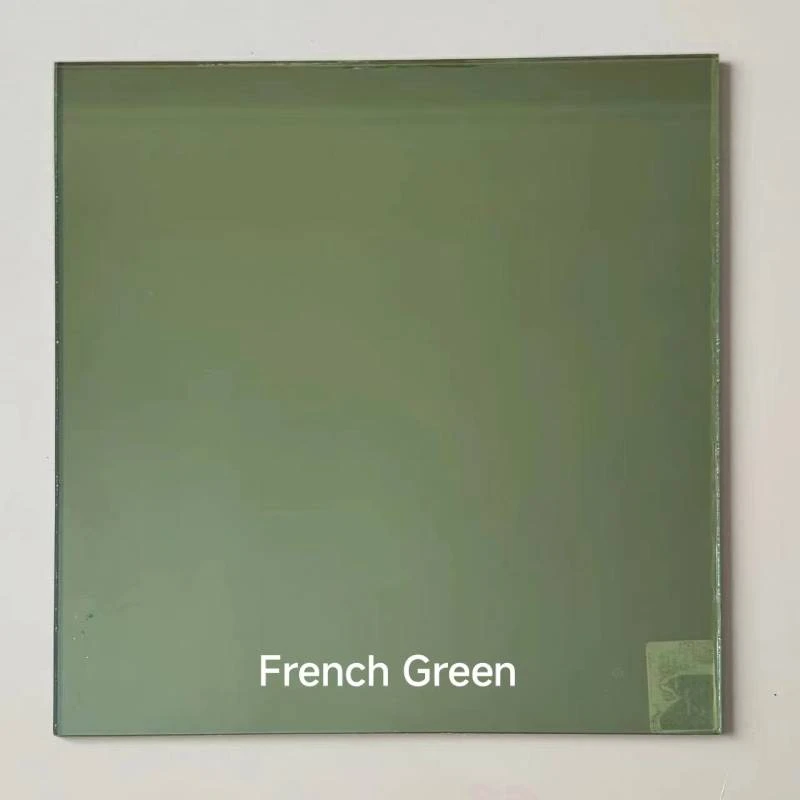

Tinted Toughened Glass A Comprehensive Overview
Tinted toughened glass is increasingly popular in modern architecture and design, bridging the gap between aesthetic appeal and functional efficiency. This specialized glass combines the robustness of toughened glass with the benefits of tinting, offering numerous advantages for various applications.
What is Tinted Toughened Glass?
Tinted toughened glass starts as standard glass that undergoes a tempering process, increasing its strength and thermal resistance. Toughened glass can withstand considerable stress, making it less susceptible to breakage. The tinting process involves adding color to the glass through various methods, including incorporating pigments during manufacture or applying a film to the surface. The result is a glass product that not only looks elegant but also meets practical needs.
Benefits of Tinted Toughened Glass
1. Enhanced Aesthetics Tinted toughened glass adds a sophisticated touch to any structure. The different shades available, from deep bronzes to subtle greys, can complement a building's overall design. For residential settings, tinted glass on windows can enhance curb appeal while maintaining privacy.
2. Privacy and Glare Reduction One of the primary benefits of tinting is its ability to provide privacy. Tinted glass limits visibility from outside while still allowing light to enter, making it ideal for homes and offices located in crowded areas. Additionally, it reduces glare from the sun, improving comfort for inhabitants and reducing eye strain.
3. Energy Efficiency Tinted toughened glass enhances energy efficiency by reducing heat transfer. By blocking out a significant percentage of solar radiation, this type of glass helps maintain a comfortable indoor temperature, reducing dependence on air conditioning during hot months. This not only lowers energy bills but also lessens the environmental impact by conserving energy.

4. UV Protection Ultraviolet (UV) rays can cause fading and damage to furniture, flooring, and artwork. Tinted toughened glass provides a barrier against harmful UV radiation, contributing to the longevity of interior furnishings. This added protection is particularly valuable in spaces with large windows or glass doors that are exposed to direct sunlight.
5. Increased Safety and Security The toughening process of the glass makes it significantly stronger than standard glass, helping to withstand impact and temperature changes. In case of breakage, toughened glass shatters into small, blunt pieces, reducing the risk of injury. Furthermore, the added density and strength of tinted toughened glass can act as a deterrent against break-ins.
Applications in Various Sectors
The versatility of tinted toughened glass makes it suitable for a myriad of applications. In commercial settings, it is commonly used in office buildings, storefronts, and showrooms, allowing for appealing visual displays and comfortable work environments. In residential areas, it is often installed in windows, sliding doors, and shower enclosures, providing elegance and practicality.
In the automotive industry, tinted toughened glass is employed in vehicle windows to enhance privacy and reduce glare while driving. Additionally, it is a common choice for glass facades in high-rise buildings, offering a modern look while contributing to energy efficiency.
Conclusion
Tinted toughened glass is a remarkable architectural element that combines durability with visual appeal. Its benefits—ranging from aesthetic enhancement and privacy to energy efficiency and safety—make it a preferred choice for various applications. As designs evolve and the demand for sustainable and efficient building materials increases, the popularity of tinted toughened glass is likely to continue its upward trajectory. For those seeking a balance between style and functionality in their projects, tinted toughened glass represents an excellent investment.